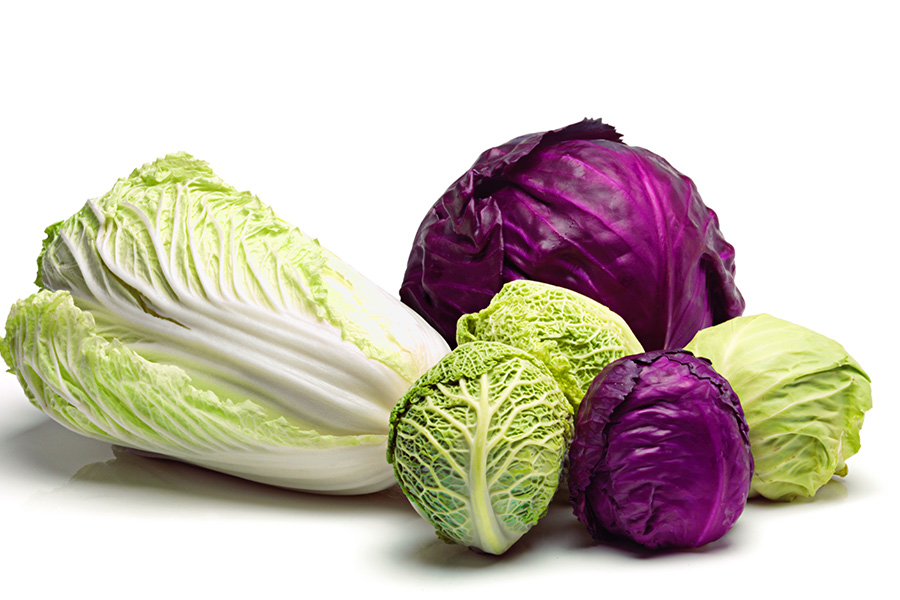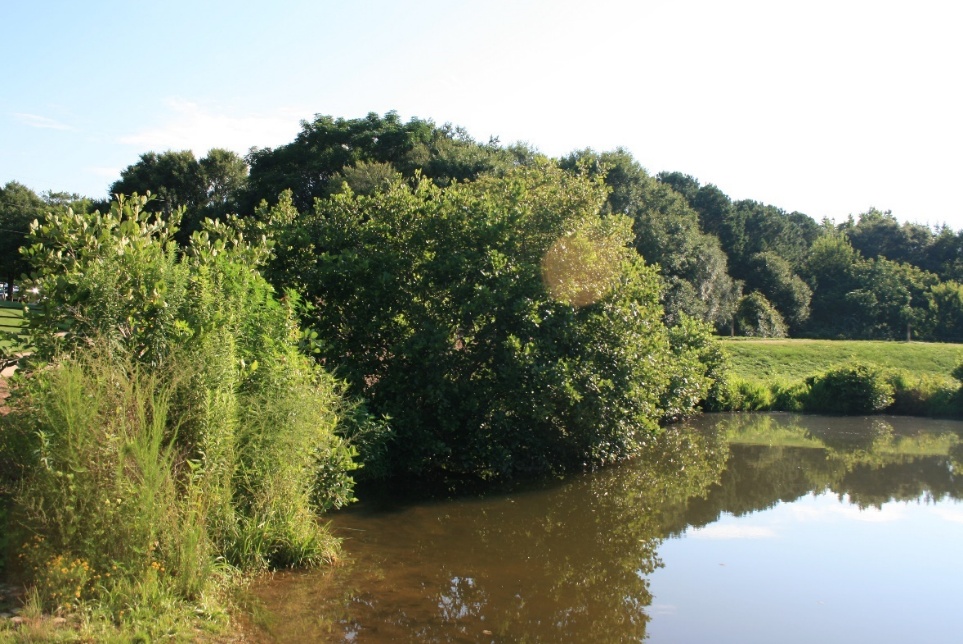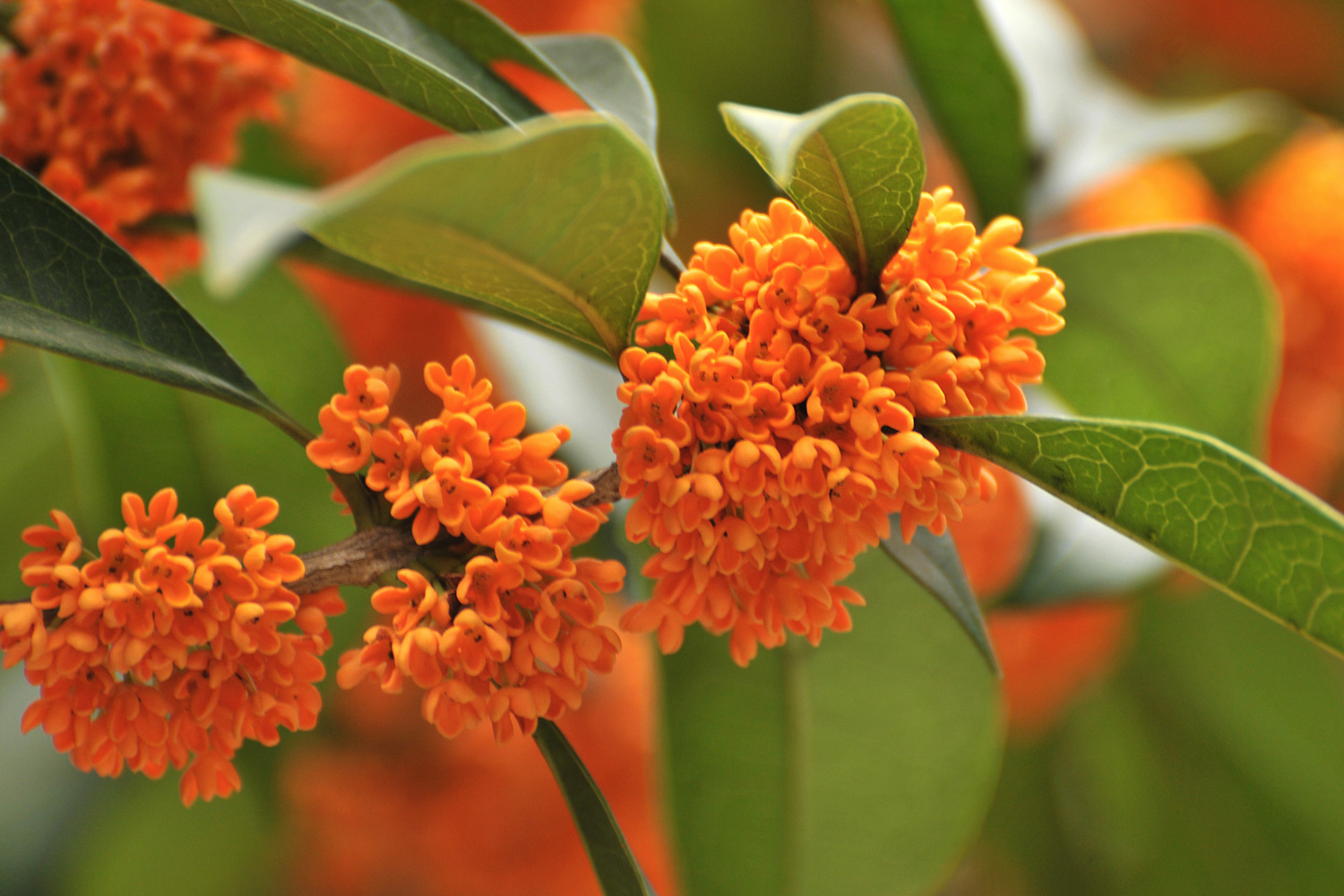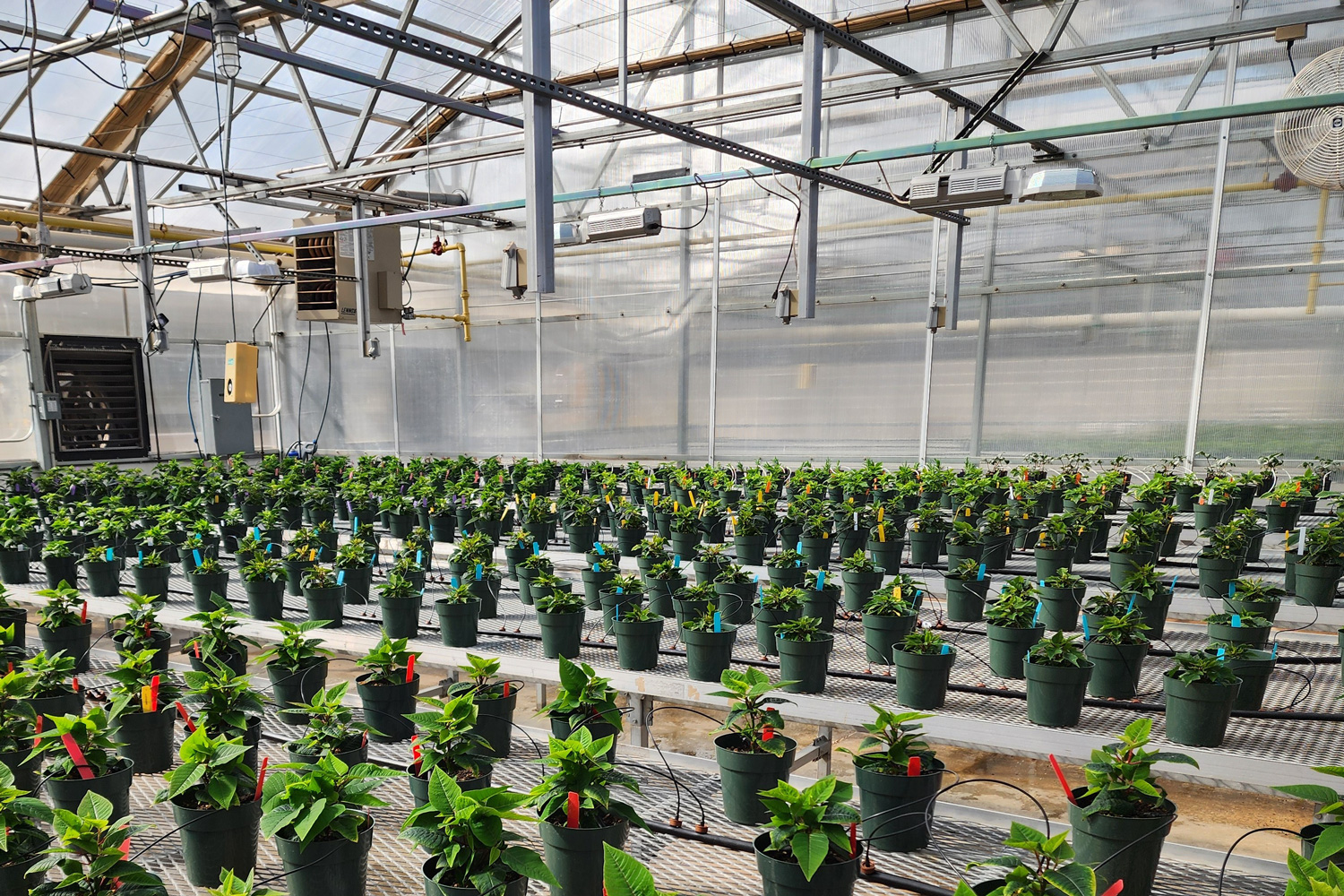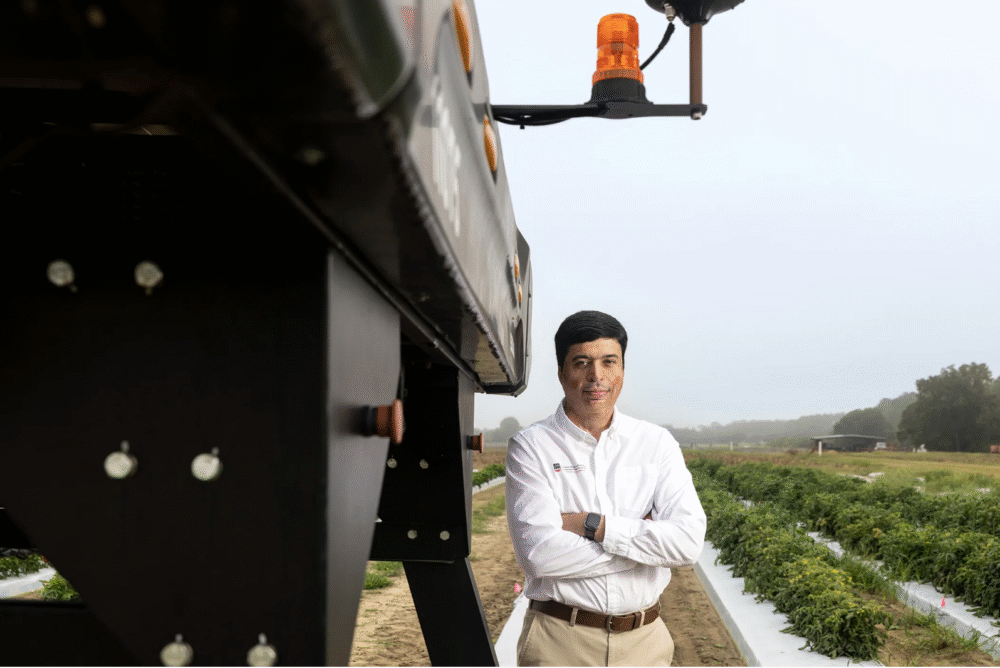Cabbage (Brassica oleracea var. capitate) is a popular cool-season vegetable that is a member of the cole crop family. There are several types of cabbages available to grow, and they can all be eaten raw or cooked in a variety of ways.
Planting
Cabbage does best when planted in the early spring, but it can also be planted in late summer for a fall harvest. In south Georgia, our fall cabbage does a little better because it is maturing when temperatures are decreasing, and disease risk is a little lower than it is during the spring. Because cabbage matures in a fairly uniform manner—the heads will mature at the same time—stagger plantings a week or two apart for several weeks. This will provide a longer harvest season. Although cabbage can be planted directly from seed, gardeners generally have greater success using transplants. Transplants can be grown indoors six to eight weeks prior to planting. Transplants are also available for sale in the spring and fall in most garden centers. Cabbage can tolerate light freezes, but sustained temperatures below freezing can damage it. Cabbage transplants can be planted in late August to early September in the fall and late February to mid-March in the spring.
Choose a location that receives at least eight hours of sun in an area with well-drained soil. Organically amended or sandy/loam soil is best for growing cabbage. Cabbage also grows well in raised beds. Test garden soil to determine the pH and fertility requirements for the garden site. Cabbage does best in soils that have a pH value between 6.2 and 6.8.
Incorporate fertilizer and lime just prior to planting, tilling or spading it into the upper 5 inches of the soil. In the absence of a soil test, incorporate approximately 3 pounds of 10-10-10 fertilizer per 100 square feet of planting area. A premium fertilizer containing micronutrients is a good option for the first application of fertilizer. Four weeks after planting, side dress cabbage with 2 pounds of calcium nitrate per 100 square feet of row. More frequent side dressing may be required if the garden has sandy soil or if excessive rain occurs. Cabbage plants can be quite large and should be spaced accordingly in the garden. Maintain about 18 inches of space between plants in the row and at least 2 to 3 feet between rows.
Care and maintenance
Weed prevention is much easier than weed control. Use a weed barrier fabric or organic mulch to keep competitive weeds away from cabbage. Hand weeding, light tillage, or labeled herbicides may also be used for methods of control.
Cabbage is a fairly heavy water user and will need irrigation on a regular basis. In the absence of rain, supply approximately 1 to 2 inches of water per week. Irrigate in the early morning to cut down on evaporation and to allow the foliage to dry during the day. Mulch will also help keep soils moist and cut down on evaporation.
Keep a close eye on cabbage for the invasion of insects. Imported cabbageworm, cabbage looper, and diamondback moth caterpillar can be a major problem on cabbage. Prevent this by applying an organic product, Bacillus thurengiensis, commonly known as Bt. These pests can also be controlled with several other synthetic, over the counter, registered insecticides. To help avoid disease issues, do not plant cabbage where broccoli, Brussels sprouts, or collards were planted in the previous year. A very common disease, black rot, can be the result of crop residue, and in some cases, infected seeds. Be sure to use quality seed sources if growing your own transplants.
Harvesting and storage
Depending on the variety, cabbage should be ready to harvest in 45 to 85 days. Harvest the heads when they have achieved full size and are firm to the touch. Leaving cabbage heads in the garden too long can cause them to split. Remove them from the plant by cutting them with a sharp knife at the base of the stalk. Store harvested cabbage in the refrigerator for up to four months.
Variety suggestions
Cabbage can be divided into two major types: standard round head cabbage and Chinese cabbage. Chinese cabbage is more upright and the leaves are somewhat thinner than standard cabbage. All of them are planted in the same manner. Caraflex cabbage is a standard cabbage with a unique pointed head that can provide some interest in the garden.
Standard cabbage
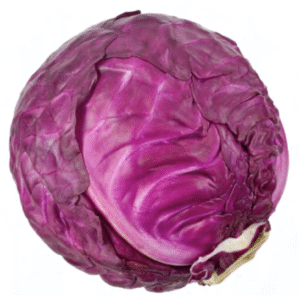
| Variety | Days to Maturity |
|---|---|
| Quick Start | 60 days |
| Bravo | 85 days |
| Cheers | 80 days |
| Early Thunder | 72 days |
| Ruby Ball (red cabbage) | 73 days |
| Thunderhead | 74 days |
| Megaton | 88 days |
| Cairo (red cabbage) | 85 days |
Chinese cabbage
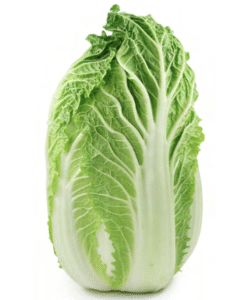
| Variety | Days to Maturity |
|---|---|
| Emiko | 85 days |
| Blues | 57 days |
| Rubicon | 52 days |
| Minuet | 48 days |
| Red Dragon (red head) | 60 days |
| Bilko | 54 days |
